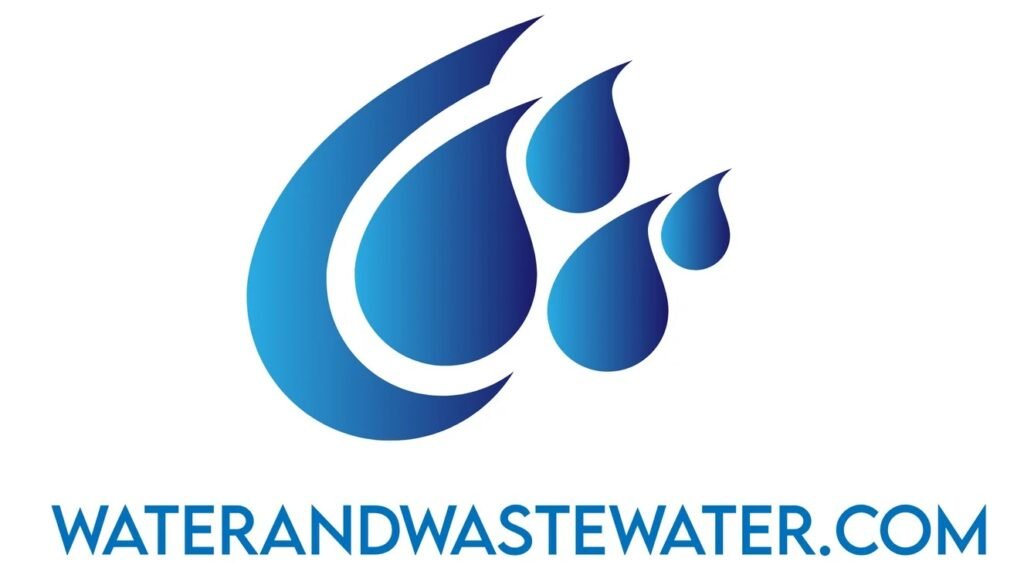Tag: challenge
Airport PFAS Contamination: Navigating the Regulatory Landscape and Effective Solutions Introduction In recent years, the issue of per- and polyfluoroalkyl substances (PFAS) contamination at airports has emerged as a significant environmental challenge. As of July 2025, regulatory agencies and public health organizations are increasingly scrutinizing the widespread use of these chemicals, particularly due to their […]
Military Base PFAS Cleanup: A Comprehensive Guide for Environmental Engineers and Policy Makers Introduction Per- and polyfluoroalkyl substances (PFAS) have emerged as significant contaminants at military bases across the United States, presenting both environmental and public health challenges. These persistent chemicals, often referred to as "forever chemicals," are a byproduct of firefighting foams and other […]
Commercial PFAS Water Treatment: Addressing a Growing Environmental Challenge Introduction In recent years, per- and polyfluoroalkyl substances (PFAS) have garnered significant attention due to their pervasive presence in drinking water supplies and the increasing regulatory scrutiny surrounding them. As industries grapple with the implications of PFAS contamination, commercial water treatment solutions have emerged as a […]
PFAS Grants for Municipalities: Navigating Funding Opportunities for Water Safety Introduction As municipalities grapple with the pervasive contamination of per- and polyfluoroalkyl substances (PFAS) in water supplies, the urgency to address this public health crisis is more pressing than ever. With an estimated 6,000 varieties of PFAS identified, their widespread use in industrial applications, firefighting […]
Comprehensive Analysis of PFAS Regulation Under the Bipartisan Infrastructure Law Introduction The Bipartisan Infrastructure Law (BIL), enacted in 2021, has significantly reshaped the landscape of infrastructure funding in the United States, with a focused lens on environmental challenges and public health concerns. One of the most critical pollutants addressed under this legislation is per- and […]
PFAS Life Cycle Cost Analysis: Comprehensive Insights for Environmental Decision-Makers Introduction Per- and polyfluoroalkyl substances (PFAS) have emerged as a pervasive environmental concern, notoriously dubbed "forever chemicals" due to their resistance to degradation. The implications of PFAS contamination in water supplies are vast, affecting not only public health but also driving significant economic repercussions for […]
PFAS Treatment Equipment Manufacturers: A Comprehensive Analysis Introduction As of July 30, 2025, the environmental and health implications of Per- and Polyfluoroalkyl Substances (PFAS) have compelled serious attention from regulatory bodies, industry stakeholders, and the public. With PFAS being linked to serious health risks—including cancer and immune system disruption—effective treatment solutions have become a pressing […]
Optimizing Volatile Solids Reduction in Biosolids Treatment Introduction Welcome to the wild world of volatile solids reduction, where the magic of biosolids treatment meets the science of wastewater management! If you’ve ever wondered what happens to all that sludge after it leaves your toilet, you’re in for a treat. Spoiler alert: it’s not just a […]
PFAS Treatment Engineering Consultants: A Comprehensive Guide for Effective Remediation Strategies Introduction As environmental concerns escalate in the 21st century, per- and polyfluoroalkyl substances (PFAS) have emerged as one of the most pressing challenges in water treatment. Contaminating drinking water sources and ecosystems, PFAS, often dubbed "forever chemicals," pose significant risks to human health and […]
PFAS Compliance for Municipalities: A Comprehensive Guide for Effective Management Introduction Per- and polyfluoroalkyl substances (PFAS) have emerged as a critical issue for municipalities across the United States. These synthetic chemicals, known as "forever chemicals," are pervasive in drinking water supplies, resulting in growing regulatory scrutiny. As of July 30, 2025, the Environmental Protection Agency […]
